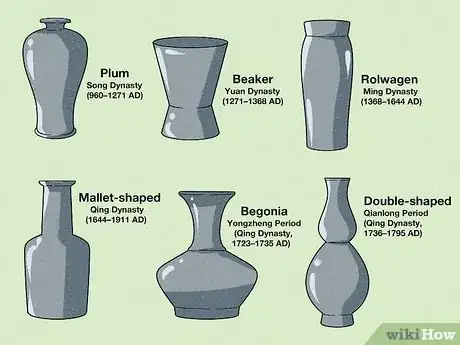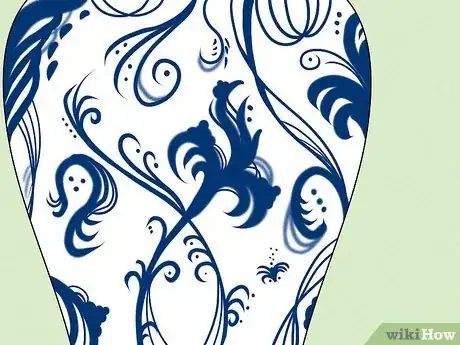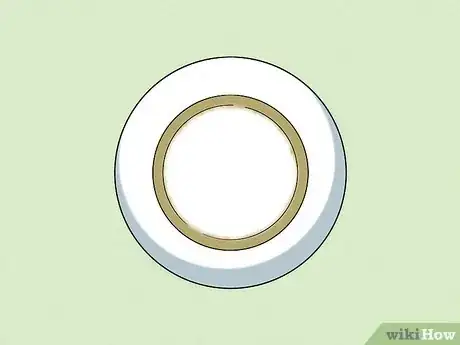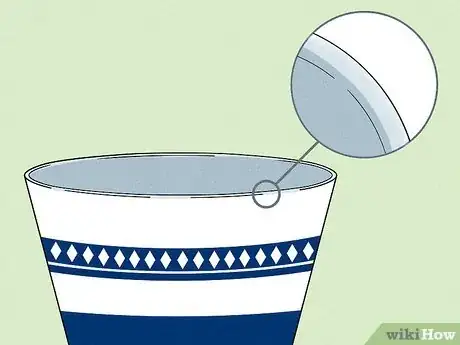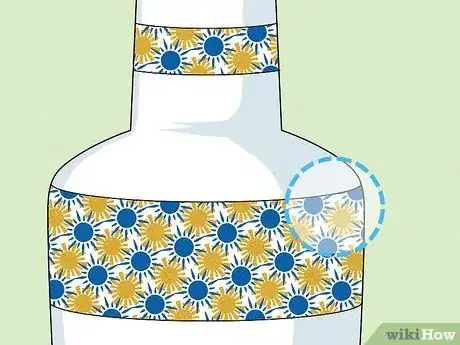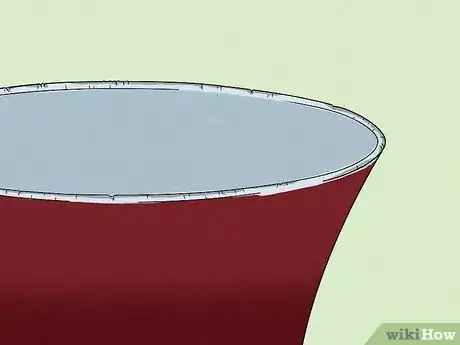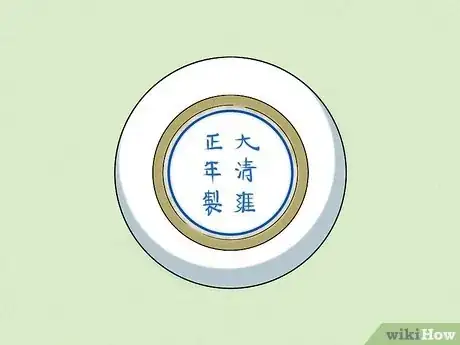This article was co-authored by wikiHow staff writer, Dan Hickey. Dan Hickey is a Writer and Humorist based in Chicago, Illinois. He has published pieces on a variety of online satire sites and has been a member of the wikiHow team since 2022. A former teaching artist at a community music school, Dan enjoys helping people learn new skills they never thought they could master. He graduated with a BM in Clarinet Performance from DePauw University in 2015 and an MM from DePaul University in 2017.
There are 10 references cited in this article, which can be found at the bottom of the page.
This article has been viewed 15,491 times.
Learn more...
You’ve heard stories of people finding old Chinese vases worth millions of dollars in their attics—how can you tell if you’ve got a valuable one on your hands, too? An expert appraiser can tell you exactly what it’s worth, but you can determine whether a vase is authentic and potentially worth something yourself when you know about the popular styles and production methods used throughout Chinese ceramic history. In this article, we’ll walk you through the major indicators that a vase is genuine and a possible money-maker. If you’re ready to brush up on your art history, read on!
Things You Should Know
- Examine the shape, color, glaze, and reign mark on the vase. If they all date to the same dynasty or era, the vase is likely authentic.
- Look for signs of genuine aging like tiny rust spots, glaze contractions, or yellowing crackles. The glaze and paint should be intact.
- Ask for a certified certificate of authenticity or provenance before purchasing an antique Chinese vase.
Steps
References
- ↑ https://news.artnet.com/art-world/a-beginners-guide-to-chinese-porcelain-vase-shapes-31882
- ↑ https://www.invaluable.com/blog/chinese-vases-price-guide/
- ↑ https://news.illinois.edu/view/6367/700500
- ↑ https://news.illinois.edu/view/6367/700500
- ↑ https://bidamount.com/dating-chinese-porcelain-by-the-foot-rims
- ↑ http://luckycompiler.com/chinese-vase/
- ↑ https://www.chinahighlights.com/travelguide/culture/china-porcelain.htm
- ↑ https://easternartconsultants.com/2018/06/listen-to-the-object-important-strategies-for-dating-appraising-and-identifying-fake-chinese-ceramics/
- ↑ https://www.chinese-antique-porcelain.com/porcelain-age-signs.html
- ↑ https://www.architecturaldigest.com/story/asian-art-week-fine-chinese-ceramics
- ↑ https://easternartconsultants.com/2018/06/listen-to-the-object-important-strategies-for-dating-appraising-and-identifying-fake-chinese-ceramics/
- ↑ https://easternartconsultants.com/2018/06/listen-to-the-object-important-strategies-for-dating-appraising-and-identifying-fake-chinese-ceramics/
- ↑ https://www.chinahighlights.com/travelguide/culture/china-porcelain.htm
- ↑ https://www.architecturaldigest.com/story/asian-art-week-fine-chinese-ceramics
- ↑ https://easternartconsultants.com/2018/06/listen-to-the-object-important-strategies-for-dating-appraising-and-identifying-fake-chinese-ceramics/
- ↑ http://luckycompiler.com/chinese-vase/
- ↑ https://www.gardinermuseum.on.ca/real-fake-spot-authentic-chinese-blue-white-porcelain/
- ↑ https://easternartconsultants.com/2018/06/listen-to-the-object-important-strategies-for-dating-appraising-and-identifying-fake-chinese-ceramics/
- ↑ https://www.gardinermuseum.on.ca/real-fake-spot-authentic-chinese-blue-white-porcelain/
